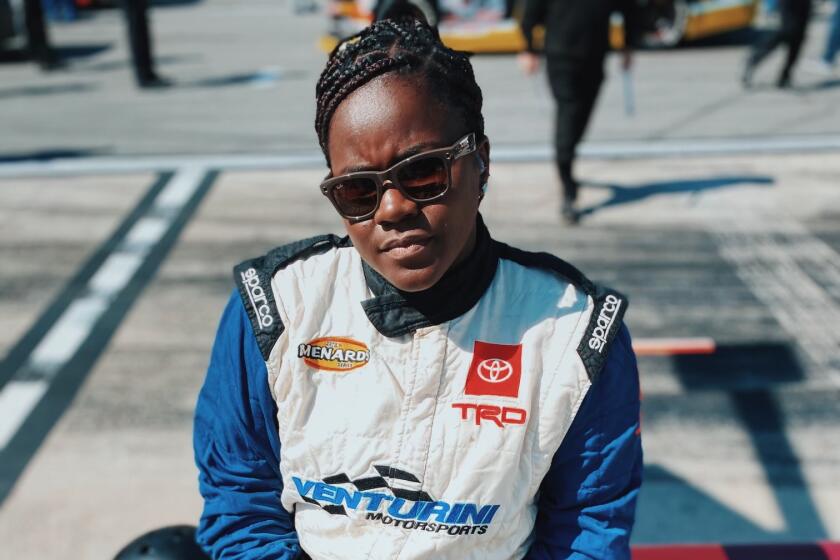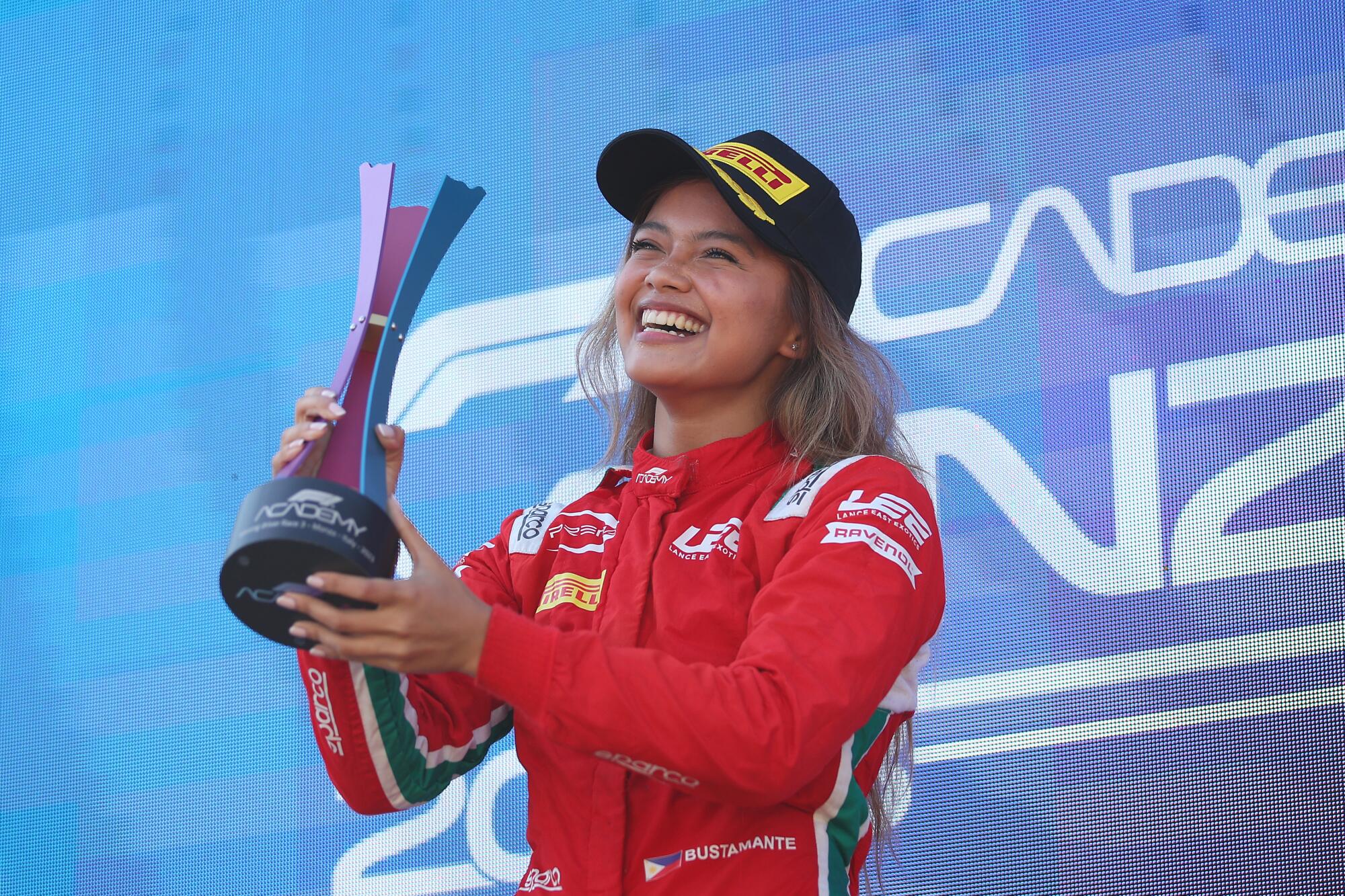
- Share via
Bianca Bustamante, one of the best young female race-car drivers in the world, can weave a rocket through traffic at more than 200 mph without breaking a sweat. But until recently she couldn’t so much as back the family sedan out of the driveway without risking a ticket.
“I’m always being driven by my mom or my dad,” said the teenager, who last year competed in the all-female F1 Academy series with Italy’s Prema Racing and became the first woman signed to represent McLaren Racing in its driver development program. And she did that all without a driver’s license.
So imagine the pressure on the examiner when Bustamante showed up at the DMV to take her driving test.
“The instructor actually knew who I was. He was like, ‘You’re the racing driver from the Philippines,’ ” she said.
“I got my license.”
That wasn’t the only driving prize she earned last year. In the academy races on the F1 feeder series, she won two of 21 starts, finishing seventh in the driver standings. That helped earn her a spot in the McLaren program, a team on which Lewis Hamilton, a seven-time F1 world champion, got his start.
NASCAR pit crews are being overhauled as more teams are turning to former college athletes to give teams an edge. The NASCAR race for diversity program has helped.
Jamie Chadwick is steering a similar course in open-wheel racing for Andretti Global on the Indy NXT circuit, a racing series one step below IndyCar. The British-born driver, a three-time champion in the women-only W Series, made 14 starts in Indy NXT in 2023 and had five top-10 finishes, placing 12th in the standings.
Bustamante and Chadwick have more than earned their places on the track heading into the 2024 season, which begins in March, yet they remain unicorns since fewer than 1% of the drivers at the top level of Formula 1 have been women and only 10 females have raced in the Indianapolis 500, which turns 113 this spring.
Five times as many women have orbited Earth than have driven in an Indy or F1 race, and that’s something both series would like to change. Although it’s often difficult to identify a driver’s race or gender once they pull on a fire suit and helmet, Mark Miles, CEO of Penske Entertainment, which runs the IndyCar series, says auto racing has no choice but to become more diverse everywhere, from the owners’ suites to the pit crews.
“We said IndyCar is going to do everything in its power to change the culture of the sport and to make it more diverse,” Miles said. “As an employer, that applies to our ambitions for diversity in our employment, both gender and race and all the rest.”
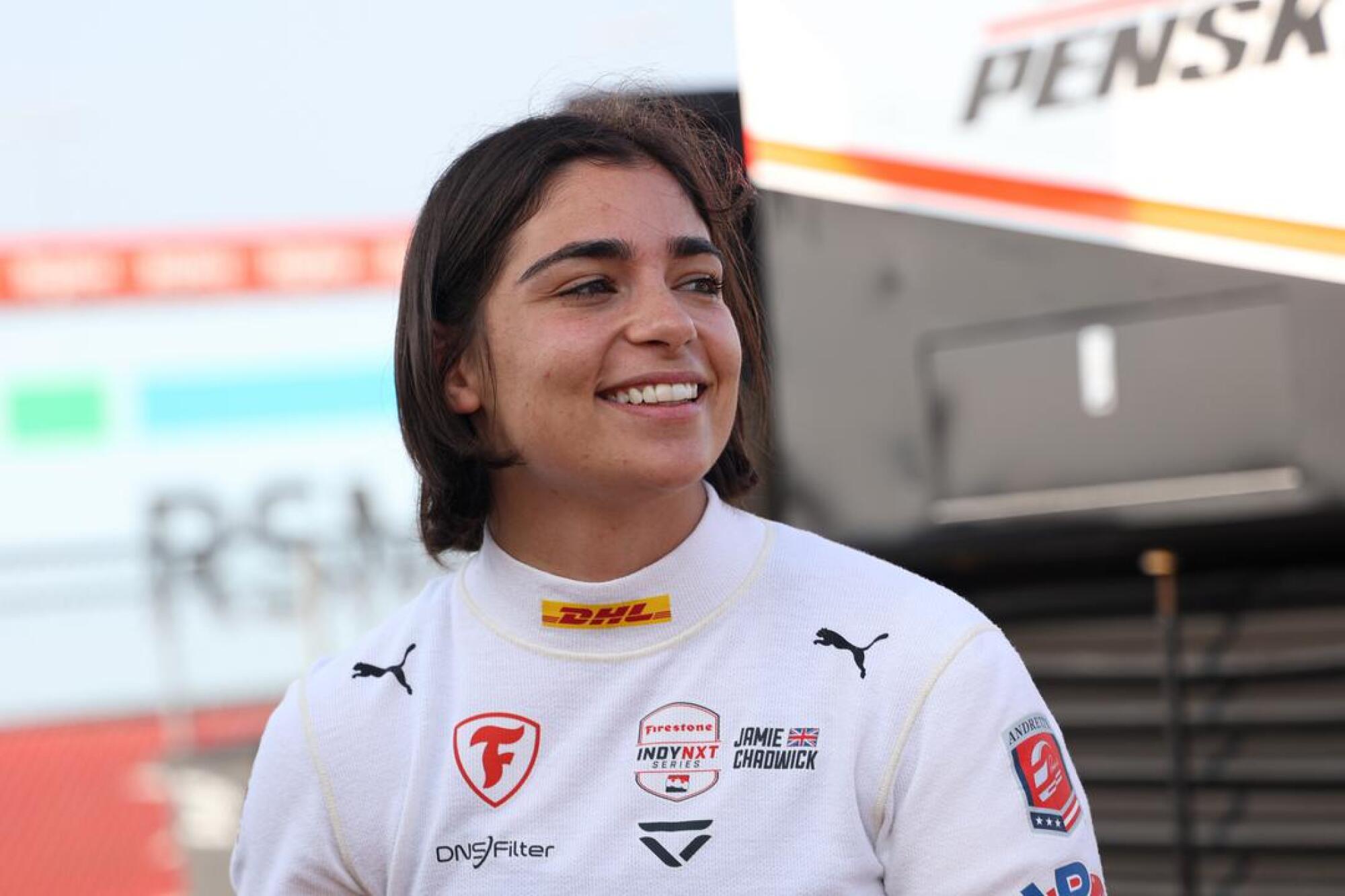
IndyCar has made substantial progress toward that goal. Last May, Caitlyn Brown, a tire changer for driver Josef Newgarden, became the first woman to win the Indy 500 as a member of the over-the-wall pit crew. And Cara Krstolic, the director of race-tire manufacturing for Firestone, is the first female chief race engineer in IndyCar history.
In 2022, an all-female team headed by owner Beth Paretta and Swiss driver Simona de Silvestro competed in four races on the IndyCar circuit, and last week Angela Ashmore was promoted to race engineer for New Zealand driver Marcus Armstrong, becoming the third woman to hold that position for an IndyCar team. She helped Marcus Ericsson win the 2022 Indy 500 as a performance engineer.
That’s made it much easier for female drivers to feel comfortable in the paddock as well as on the track.
“I grew up racing, from a young age, just against men. It never felt different,” Chadwick said. “With the Andretti team, I felt very much welcomed and supported, regardless of gender. Which is a great thing.”
Added Bustamante: “There’s always that one comment where they’re just like, ‘Girls can’t drive. You crash way too much.’ Or you should go back to the kitchen and cook something. Those comments, I’m not even affected by it anymore. At this point, that’s funny.”
Recruiting and promoting female drivers will be vital to continuing that trend. So in addition to Chadwick, 25, Lindsay Brewer will compete in the 14-race Indy NXT series this year, making the 26-year-old the first American woman to run a full season on that circuit.
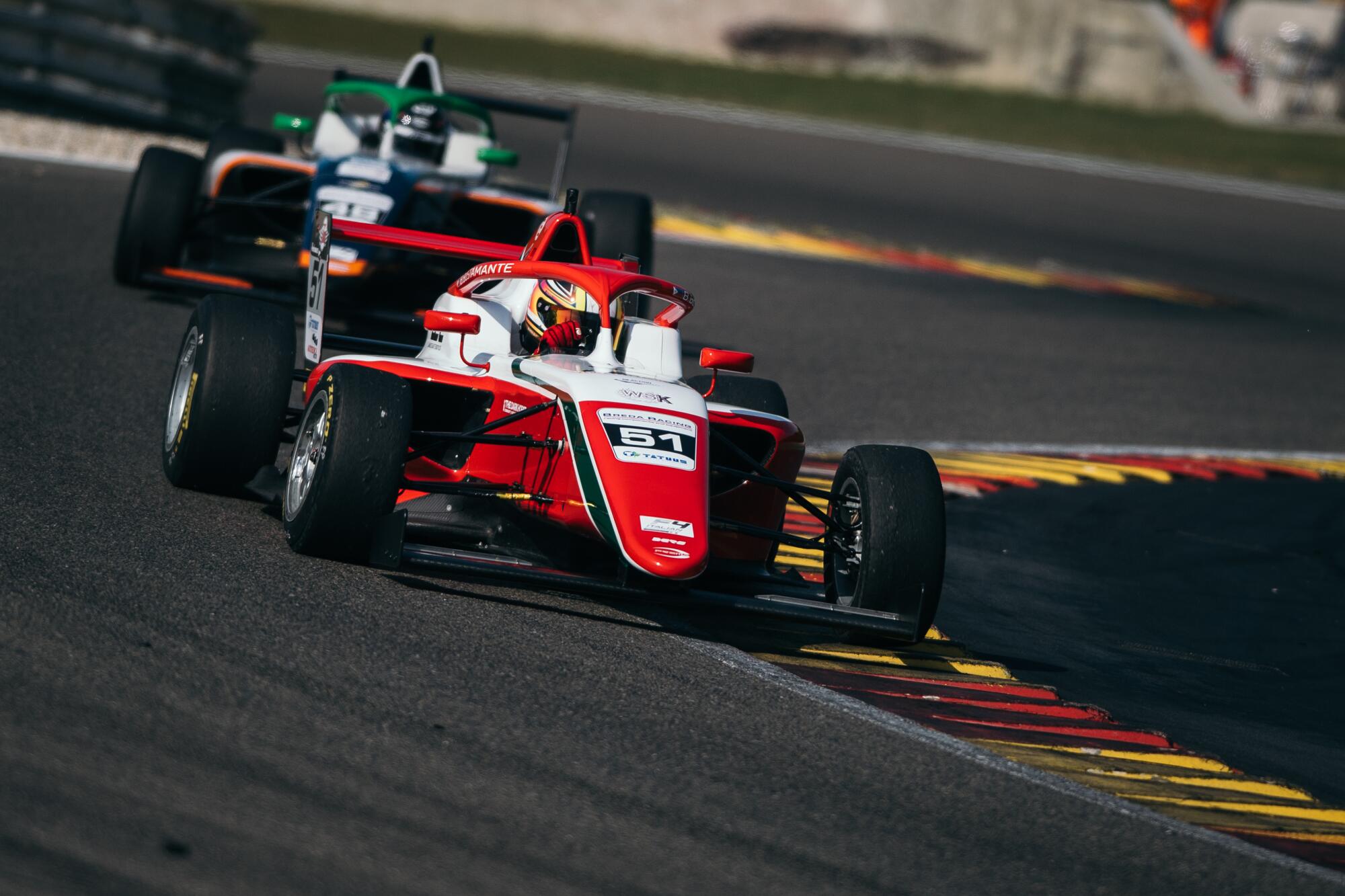
“It’s a focus and an emphasis for us,” Miles said. “We just felt like we can do more to try to make the series more diverse. Whether it’s an African American [or] Hispanic woman, when you have athletes that do well, they are going to attract a broader audience. That’s good for the growth of the sport.”
Although most motorsports series have been male-dominated for decades, female drivers have been involved in racing from the start. Camille du Gast of France and England’s Dorothy Levitt were successful in the early 1900s, racing both cars and boats. And after World War I, as rally races grew in popularity, dozens of female drivers took part with an all-woman team placing seventh in the 24 Hours of Le Mans in 1930, still the most successful finish for an all-female team.
According to the international automobile federation, the governing body for many racing series including Formula 1, Maria Teresa de Filippis of Italy was the first female to race on the top Formula 1 circuit, competing in the first of five Grand Prixs in 1958, 19 years before Janet Guthrie became the first female to qualify for the Indy 500.
Sara Christian was the first woman to race in NASCAR, finishing 14th in the series’ first race in 1949, although Danica Patrick is the most successful female stock-car driver ever with 191 NASCAR Cup series starts and seven top-10 finishes. She’s also the only woman to start the Daytona 500 on the pole and the only one to lead a lap in a Cup Series race under green-flag conditions.
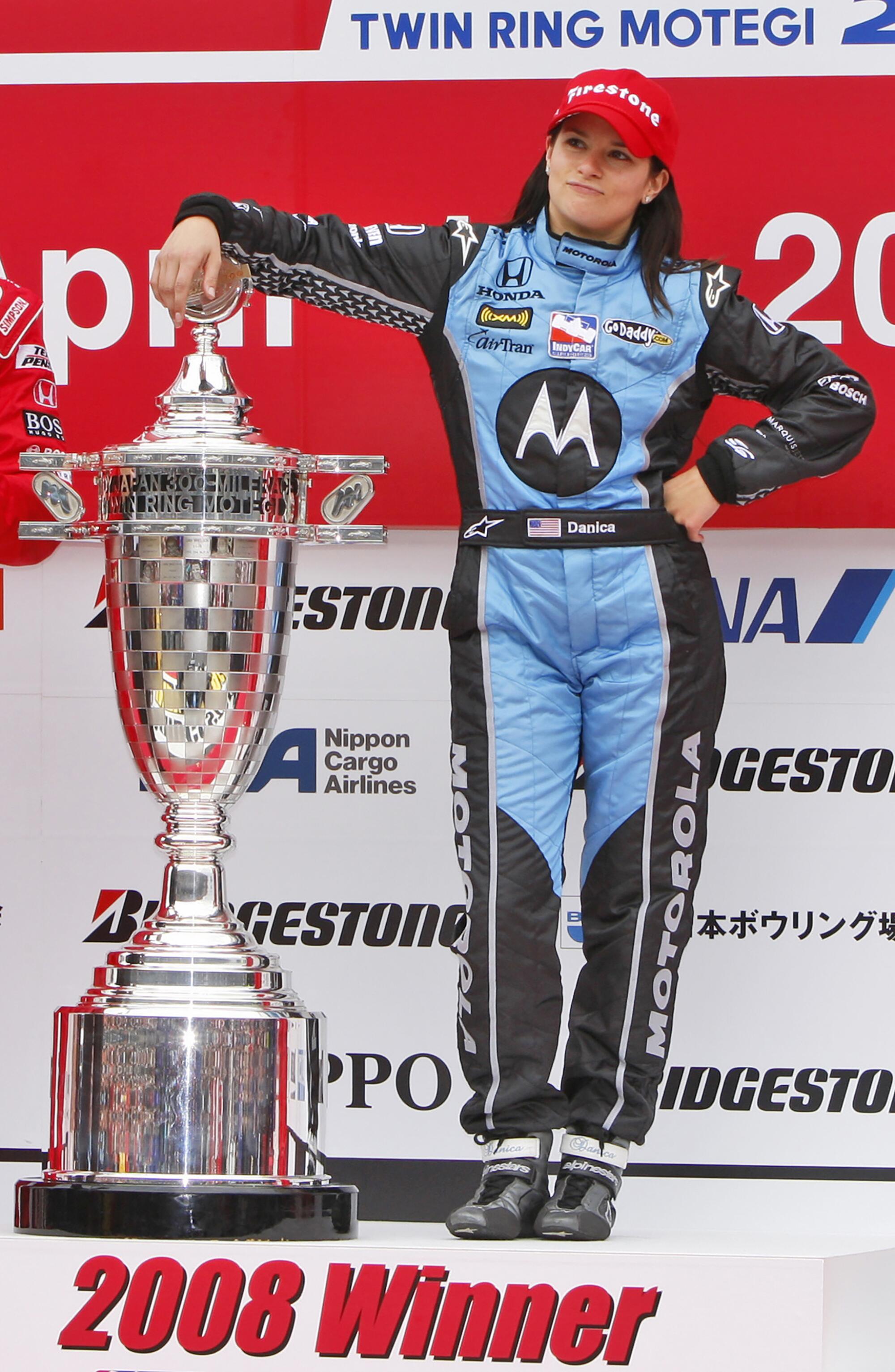
Patrick is also the best female driver in IndyCar history since she’s the only woman to win a race in the series, finishing first in the Indy Japan 300 in 2008. A year later she placed third in the Indy 500 and became the only female to finish in the top five in the season standings. She’s also the only woman to lead both the Indy 500 and Daytona 500.
In drag racing, Brittany Force, history’s fastest driver, male or female, with a speed of 338.48 mph in 2022, has won two of the last seven national championships in the NHRA’s most prestigious category, top fuel. That’s just one fewer than Shirley Muldowney, a three-time champion between 1977-82. Only three drivers in the series’ history have won more titles than Force.
Yet no female driver has started an F1 race in 48 years, which is a problem for a series whose fans are 40% female. For Chadwick, whose ultimate goal is to race in Formula 1, that lack of representation leaves girls with the impression there is no place for them on the track, something she and Bustamante are trying to change.
“That’s where role models definitely have a positive impact,” she said. “That kind of, ‘If you see it, you can be it’ mentality and everything we’re doing now to promote more women in the sport, it’s going to have such a positive effect. If we turn on the TV and watch Formula 1 or watch IndyCar, and not just as drivers but you see women on the pit wall that are engineers and mechanics, hopefully young girls watch that and they’re inspired to maybe take up a sport that they wouldn’t have otherwise.”
Chadwick got her start in the sport at age 11, following her brother Oliver into kart racing in England and later turning down an opportunity to play for her country’s U-18 hockey team to keep driving. She quickly climbed the ladder, becoming the youngest driver and first female to win the British GT Championship before graduating to Formula 3, Formula 2000 and the F3 Asian Championship
“When my brother started go-karting, it felt quite natural to give it a go myself. And I just fell in love,” she said. “I was completely oblivious to the fact that it wasn’t necessarily something that the girls I went to school with were doing.

“The sport is great because we can have women and men compete equally at the highest level, which is like few other sports. If you’re looking at only 50% of the population and just have males, then you are limiting yourself. With added diversity comes increased performance. Now the interest is there from women, so I think that’s encouraging more brands and companies to get behind young female talent.”
Bustamante, 18, also wants to inspire a new generation of racers, but for her that includes not just females but also Asians and drivers from humble backgrounds.
“One of the main reasons why I didn’t have a lot of people to look up to growing up is because of the lack of representation,” she said. “No one from Asia is known to be a racing driver, [less] so the Philippines because that is generally reserved for people with money. Of course [I’m] representing my country, but at the same time everyone else across the world that isn’t so wealthy.”
Bustamante’s father, who now works in construction in San José, is a big racing fan, so his daughter had two racing suits before she was born. At 3 she began driving go-karts in the Philippines, where her mother still lives, and she was racing by age 5.
She began capturing titles before leaving grade school, becoming junior overall champion twice in the Asian Karting Open Championship and winning the Macao International Kart Grand Prix three times. Last season, her first in the developmental F1 Academy series, she won races in Monza, Italy, and Valencia, Spain, and had two top-10 finishes in the Formula 4 UAE Championship.
Daniel Suárez is the only Mexican driver to win a NASCAR Cup Series race. NASCAR is determined he won’t be the last, doubling down on its push for diversity.
“My dad always told me I was born to be a driver,” she said. “For Christmas, girls picked up Barbies and guys picked up guns. I went straight down the racing section and I got myself a battery-powered car.”
Driving is just part of the equation though. Funding an IndyCar team for a full season can cost more than $8 million; racing on the international Formula 1 circuit is nearly 20 times as expensive. As a result, wooing sponsors and building a big social media presence is important.
Bustamante has more than 2 million followers on Instagram and TikTok combined. She was named the TikTok sports creator of the year in her native Philippines in 2023 and in one survey was rated as the third-most influential female racing driver, based on her social media following and online search demand.
Sixty percent of her followers, she said, are female.
The fresh-faced and engaging Chadwick, who is a student of racing as well as a driver, has nearly 750,000 followers on social media. That makes both women desirable for sponsors, who put a greater emphasis on appearance and personality for female drivers than they do for men.
“Winning is great. But you need to build yourself up, you need to build your community, your brand,” said Bustamante, who was a featured speaker at last fall’s ESPN W women’s sports summit in Ojai. “In the end the F1 world is a business world. There’s only 20 seats every year; it’s so hard to make it there. You’ve got to say the right thing, smile for the camera.
“It’s really become part of the life of a driver.”

Miles disagrees … sort of. A big fan base and the patience and perseverance to woo investors is helpful, but it can’t replace talent, he said. However, for young drivers trying to break into the sport, anything that sets them apart from the crowd is useful in the chase for funding, the lifeblood of racing. It was a lack of funding, in part, that forced Chadwick to return for a third season in the W Series in 2022, which provoked a backlash from other drivers looking to move up.
“It’s an expensive sport to get into,” Miles conceded. “In racing, all forms of racing, it isn’t that egalitarian. It’s not simply merit-based. It’s, ‘Can you get the job with the team?’ and sometimes somebody can make an argument that somebody isn’t necessarily that much better a driver. But if he’s better as a representative for the team owner and the team sponsors, that’s a big plus.
“[But] you’re not going to get a ride in the Indy 500 if you’re not one of the world’s best drivers. So it’s not like you can have all the money in the world and be gorgeous or articulate and trump everything else in terms of talent and competitiveness.”
And making the sport more inclusive by opening it to a diverse group of engineers, owners and drivers will not only drive more money and fans to racing, it will increase that competitiveness as well.
“You open up the motorsport community,” Bustamante said, “there could be the next Ayrton Senna in the Philippines.”
And he just might be a woman.
More to Read
Go beyond the scoreboard
Get the latest on L.A.'s teams in the daily Sports Report newsletter.
You may occasionally receive promotional content from the Los Angeles Times.

